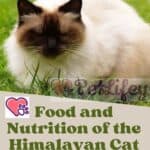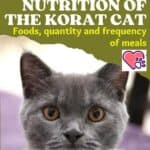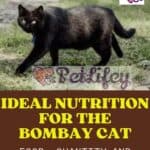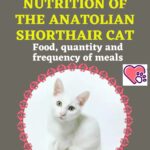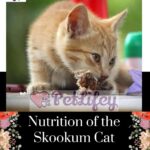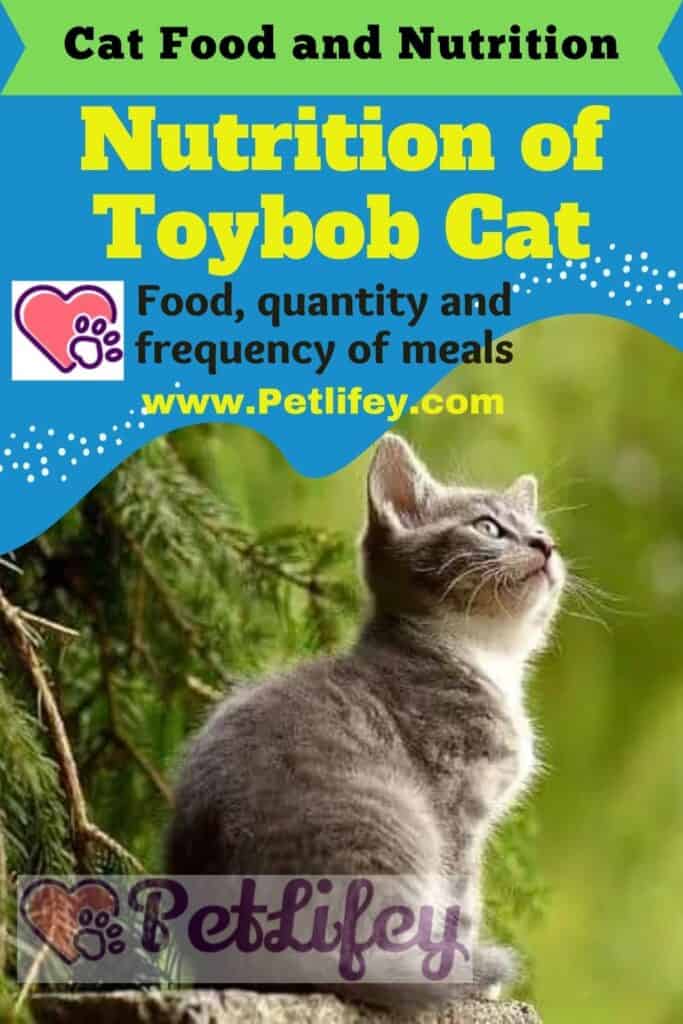
Here is all the information you need to know to plan the perfect Toybob nutrition, from food quantities to essential nutrients.
There is a popular saying that goes: “We are what we eat”. The foods that we introduce into our diet, in fact, affect not only our physical but also mental health, exerting their action on the whole organism. It is the same for the cat too: this is why knowing what the ideal diet of the Toybob is essential to guarantee well-being and happiness.
Feeding the Toybob: quantity and frequency of meals
What is the ideal dose of baby food to administer daily to your four legs?
Ideally, let the vet answer the question. Each cat, in fact, has a personalized caloric requirement, which depends on a series of strictly individual factors, such as age, weight, lifestyle and state of health.
In general, however, the dose of moist baby food should be equal to 40 grams for each kg of the animal’s body weight.
Dry food, on the other hand, should be calculated by dividing this figure by 3. What is the ideal frequency with which to feed the four-legged?
Generally, it is recommended to do this twice a day, in the morning and in the evening. Alternatively, we can divide the cat’s daily ration into small portions, to be administered regularly throughout the day.
What to feed the Toybob?
What foods can not miss in the perfect nutrition for the Toybob?
First, meat and fish: Domestic cats are obligate carnivores. This expression indicates those four legs that need to take certain nutrients, essential for their well-being, from proteins of animal origin.
For this reason, the cat’s diet must be mainly based on the consumption of foods such as chicken, beef, turkey, salmon, tuna and so on.
Thanks to these foods, in fact, the immune and nervous systems of the four-legged are able to function properly.
Categorically prohibited, however, are foods intended for human consumption: unsuitable for digestion by the cat’s intestinal system, in some cases they can even prove to be toxic.
Home or industrial nutrition for the Toybob?
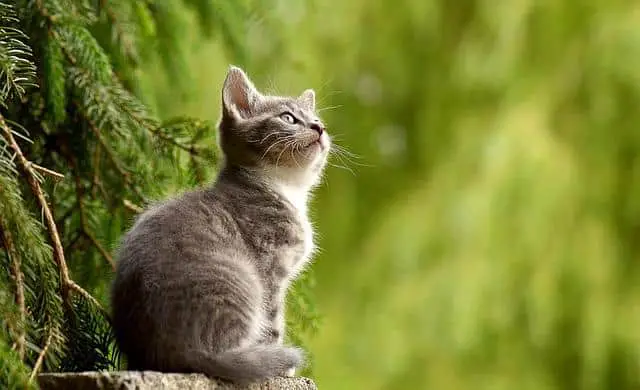
Finally, we just have to answer one last question: is home or industrial nutrition better for Toybob?
In the first case, it is a way of preparing meals that we will take care of in every aspect, from the choice of ingredients to their cooking.
It goes without saying that this option allows us to check the quality of the methods of preparing meals and of the selected raw materials.
On the other hand, however, it requires more time and effort. In addition, it is essential that it be planned by the veterinarian, so as to avoid possible food shortages, which could lead to health problems in the animal.
Want to find out all about common Toybob diseases? Check out this article. The industrial diet of the cat, on the other hand, provides that the furry dog is given dry food and wet food purchased directly from the shelves of pet stores.
The most obvious advantage is the time savings. Attention, however, to the quality of the chosen product: we will have to read the table of ingredients on the back of the package, to make sure that the feed is actually healthy and complete for the four-legged.

